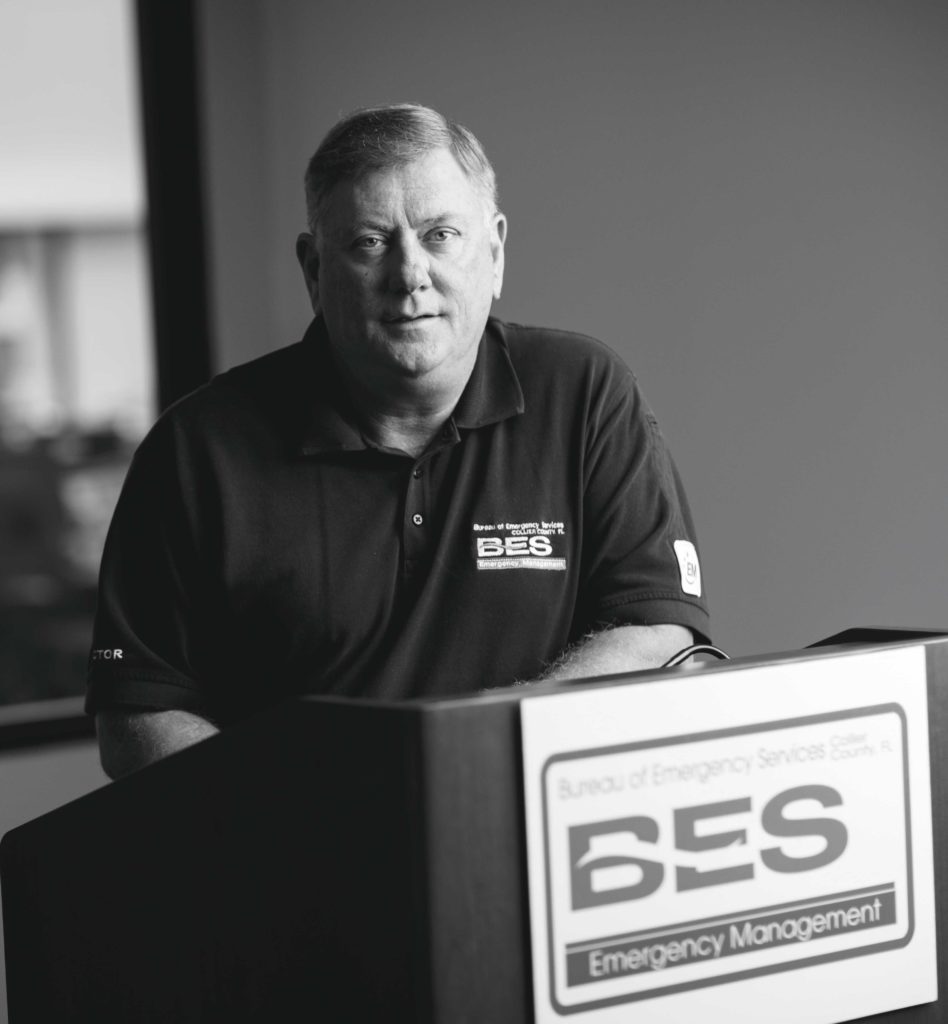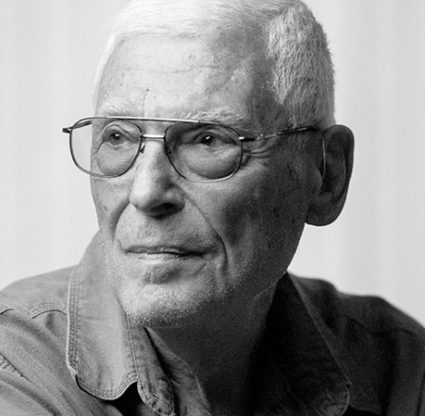If you think you’ve had a busy 2017, look to Dan Summers for solace. The head of Collier County’s emergency services since 2003, Summers has experienced a year like a James Taylor song. He’s seen fire (a series of wildfires in Eastern Collier that destroyed thousands of acres and several homes) and rain (the county has had the wettest year in at least the last two decades). Oh, yeah, and he had Hurricane Irma, which caused more than $320 million in damages in unincorporated Collier alone. We caught up with him in late September, two weeks after Irma made its second Florida landfall on Marco Island. Running on little sleep and innumerable demands on his time, Summers was surprisingly (or not, if you watched his daily briefings during the storm) upbeat.
On keeping cool during a crisis
“Well, being in emergency management isn’t a seasonal job or only during times of crisis. It’s 365 days a year of work. So we are used to thinking about these issues and dealing with them. And this is not my first rodeo. I think this is my 19th presidential disaster declaration. And I have a team of wonderful, wonderful people. I get to lead the band, but everyone else is playing the music. We have a great community, with great leaders who are all working hard together. A lot of what you do is triage and make priorities. You are trying to look ahead four to six hours.”
On preparing for Irma
“We are always preparing in one way or another, not just in the days leading up to a storm. We are trying to build flexibility into the system in order to adapt to the needs, because you can’t always predict what they are going to be. In this case, what we were most worried about was storm surge. Some of the early models predicted just enormous amounts of water rushing inland. That turned out not to be the case because the storm went more to the east in the end. And that was a blessing.”
On what they did right
“A couple of things went really well. We had a lot of early awareness about voluntary evacuations. We told people if they didn’t want to be at risk to leave. And a lot of folks took advantage of the opportunity to get out well ahead of the storm, even if it was just to move farther inland. One of our big concerns was our aging population with special needs. We have a large number of folks who fall into that category. I think we did pretty well by them.”
On what could get better
“Part of the challenge with this storm was its size. It hit so many areas of our state, so you didn’t have access to some of the resources you would as quickly as you normally see. The traditional wisdom is for people and organizations to have 48 to 72 hours of resources on-hand. Forty-eight hours is not enough. At this point, 72 hours contingency planning is not enough. We need to be telling people that they need seven days of self-sufficiency.”
On the need for critical infrastructure to be updated
“We just came out of a recession. And during that time a lot of the repairs and replacement of certain things got pushed farther down the list. It might not have been a priority to make sure that generators were in peak condition. We also had trouble finding enough suitable shelter space for both regular and special needs.”
On fuel scarcity before and after the storm
“Part of the problem was that before the storm, the demand dramatically outstripped the delivery. These stations operate on pretty regular schedules of delivery. When suddenly everyone is filling up their tanks, they just aren’t prepared for that. … And then after, the absence of power compounded the problem. State statute is that every gas station has generator hookups. But it doesn’t require that they actually have a generator. I think that needs to be revisited.”
On the demonstrated success of Florida’s stricter post-Hurricane Andrew building codes
“I think we can claim a victory for the building code officials. I look at my own home, which is post-Andrew construction, and I see how well it fared. And then you look at what sustained the most damage throughout the state and you see that its construction isn’t up to that standard. With newer construction, it isn’t the wind but the storm surge that is now the real concern with these storms.”





